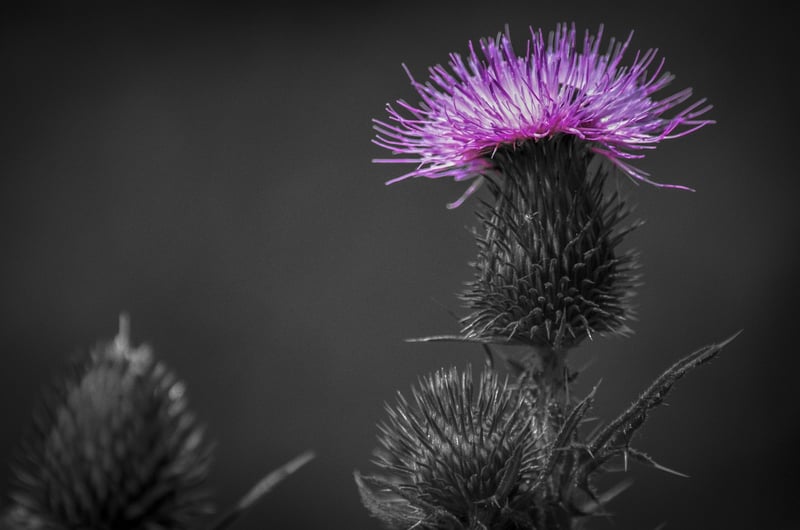Mystical herbs
Exploring Extraordinary Plant Species and Mystical Herbs
Introduction
Plants have always held a sense of wonder and mystique, with some species being truly extraordinary in their characteristics and uses. From unique adaptations to mystical properties, let's delve into the world of extraordinary plant species and mystical herbs.
1. Venus Flytrap
The Venus Flytrap (Dionaea muscipula) is a carnivorous plant native to North and South Carolina. Known for its unique trapping mechanism, this plant captures insects with its hinged leaves, fascinating both botanists and nature enthusiasts alike.
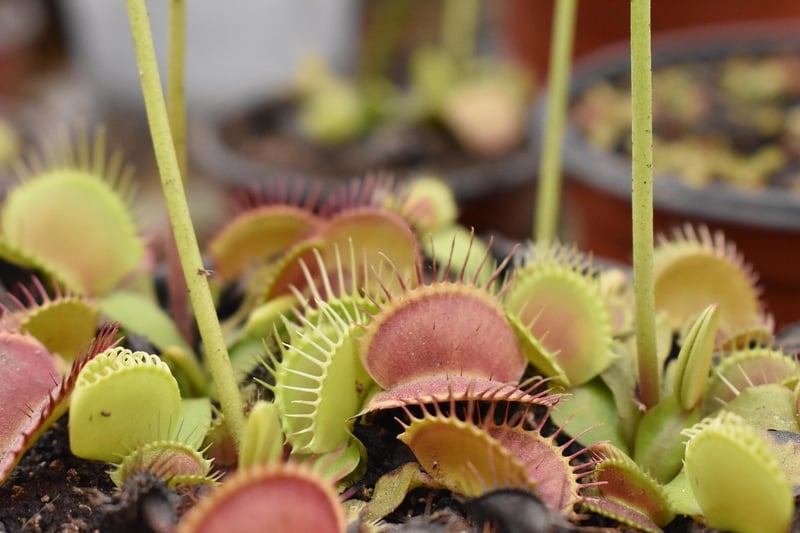
2. Corpse Flower
The Corpse Flower (Amorphophallus titanum) is famous for its enormous size and pungent odor resembling that of rotting flesh. Native to Sumatra, this plant blooms infrequently and draws crowds due to its unique and rare flowering process.
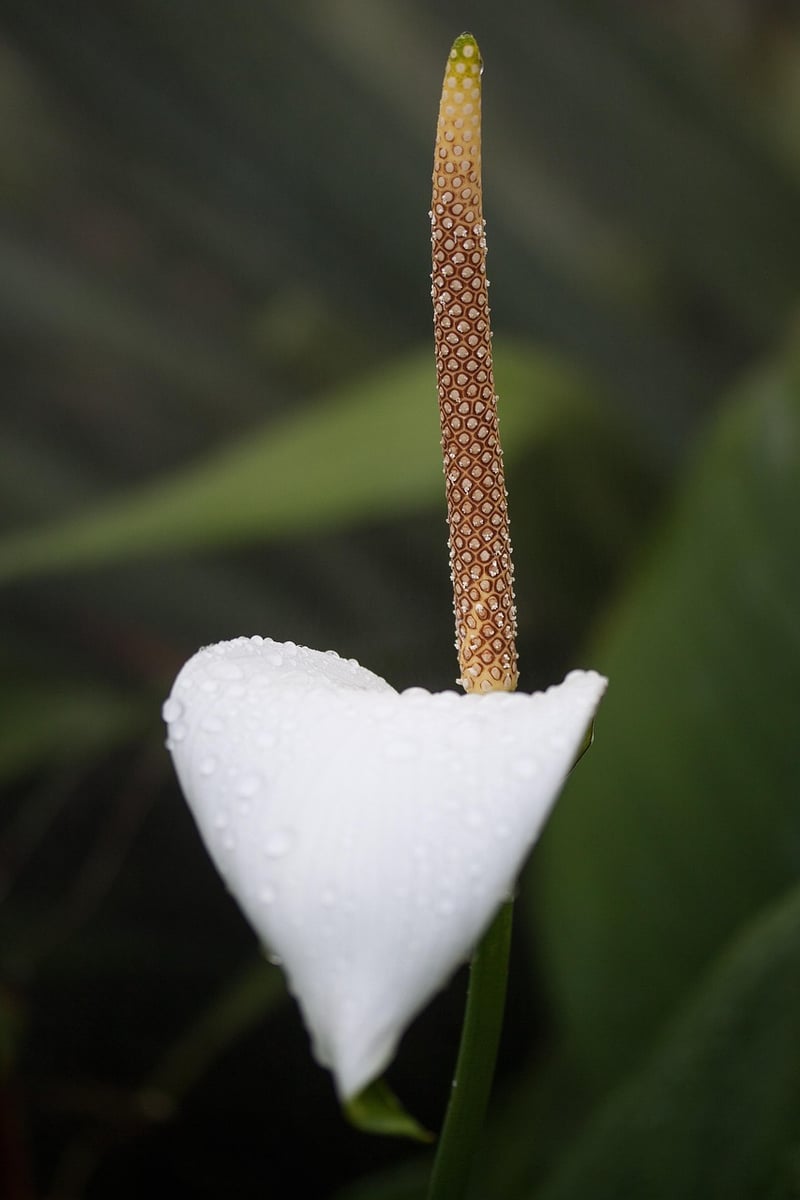
3. Mandrake
Mandrake (Mandragora officinarum) has a long history associated with magic and folklore. This herbaceous plant, with its forked roots resembling a human figure, has been linked to various superstitions and mystical beliefs throughout the ages.
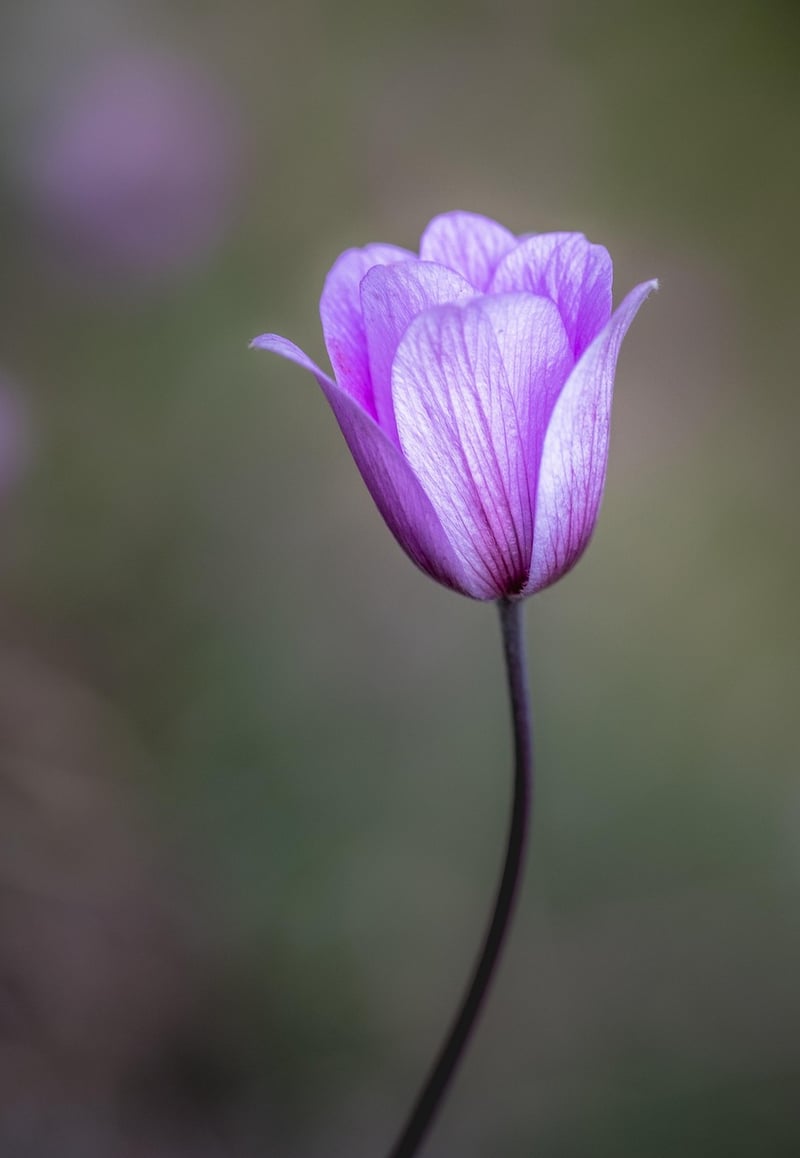
4. Ginseng
Ginseng is a herb with significant medicinal properties, particularly in traditional Chinese medicine. Known for its adaptogenic qualities, ginseng is revered for its ability to enhance vitality, improve focus, and boost overall well-being.
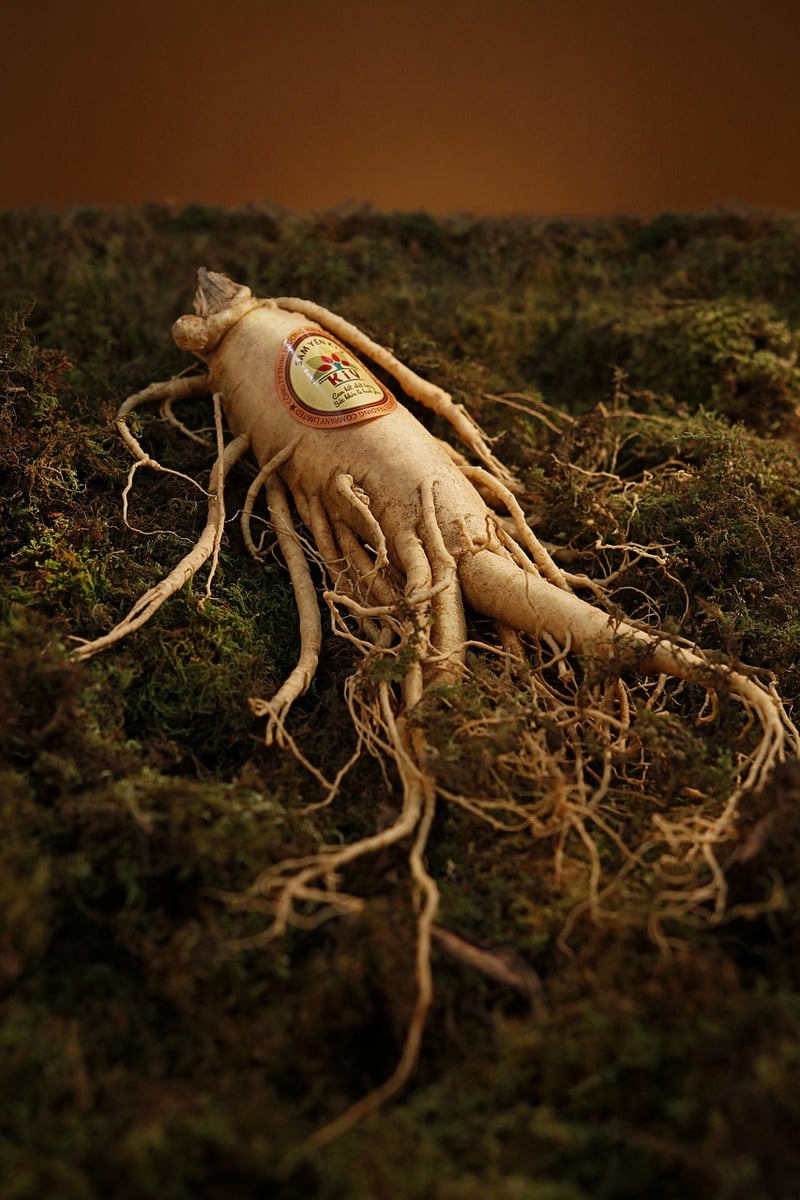
Conclusion
Exploring extraordinary plant species and mystical herbs can open up a world of fascination and intrigue. Whether it's the captivating Venus Flytrap or the mystical Mandrake, these plants remind us of the diverse and marvelous qualities found in nature.
Remember to appreciate the beauty and uniqueness of these plants, both for their scientific marvels and the cultural significance they hold in different traditions around the world.
